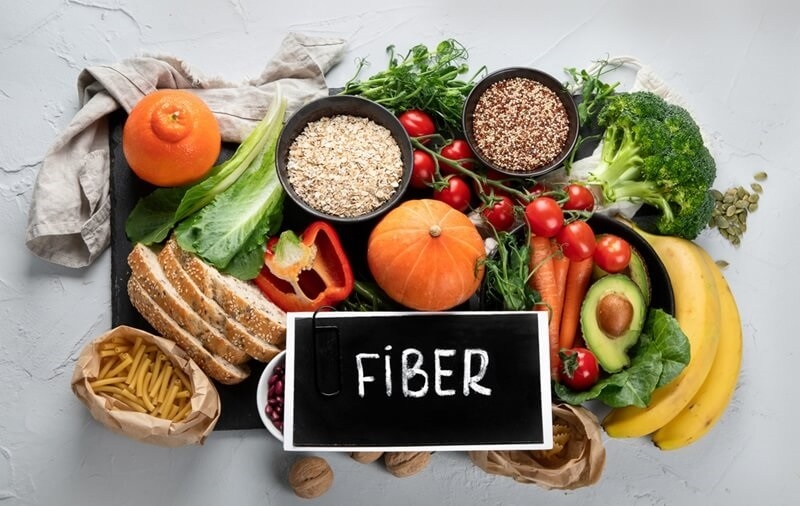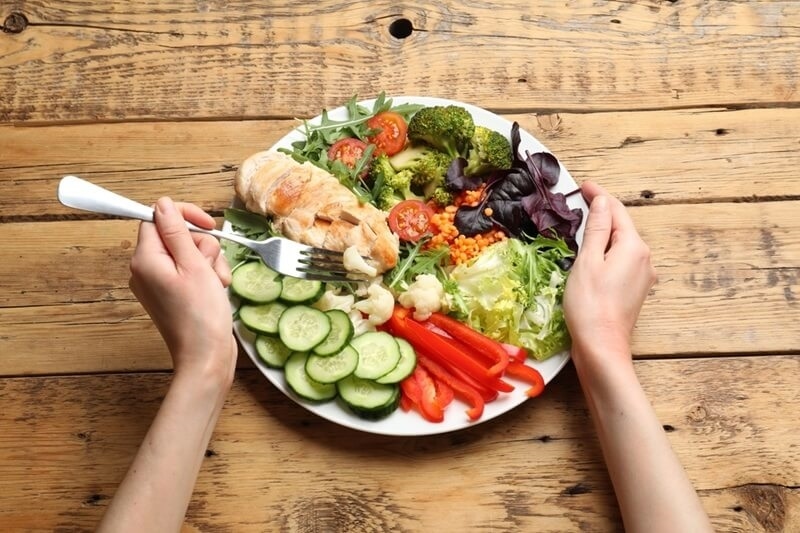
Being active and healthy does not necessarily mean having to work out hard or spend a lot of money on supplements. The solution always exists in your kitchen. A high fiber diet plan is an easy but effective means of increasing the energy level and the overall fitness of the individual naturally. High fiber foods aid digestion as well as aid in weight management, decrease cravings, and help in heart health. So, how do we go about making up a good high fiber diet plan and have it type into your daily routine?
Fiber is also a carbohydrate, but your digestive system is unable to process it. It goes through your digestive system and keeps your system clean, controlled, and healthy. Adding fiber to your diet makes you feel more energetic, less fatigued, and fit.
Fiber is of two types:
They are not only recommended in a balanced, high fiber diet plan, but they are also necessary. Fiber will make you feel fuller, longer, something that should be ideal in appetite management and having stable energy all day long.
By making fiber-diet meals a daily habit, you not only feel better but also support long-term wellness.

Getting started doesn’t have to be overwhelming. Begin by making small changes to each meal, increasing your daily fiber intake gradually.
Most adults need about 25–35 grams of fiber per day, depending on their age and gender. Start slow to avoid bloating or discomfort. Increase your intake over time and drink plenty of water to support digestion.
For your high fiber diet meal plan, focus on:
Avoid processed foods that may say “high fiber” but are full of sugar or additives.
While fiber is important, your fiber diet meal plan should also include lean proteins and healthy fats for sustained energy. This keeps your metabolism strong and supports muscle growth.
Here’s a simple high fiber diet menu you can follow for a full day. It’s balanced, easy to prepare, and ideal for boosting energy naturally.
Fiber content: Around 10 grams
This meal is a fiber-rich way to kickstart your metabolism and keep you full till lunch.
Fiber content: Around 5 grams
Apples contain soluble fiber, while almond butter provides healthy fats and a touch of protein.
Fiber content: Around 12 grams
A power-packed, plant-based meal perfect for refueling in the middle of the day.
Fiber content: Around 4 grams
Flaxseeds support digestion and add a fiber punch to your protein-rich yogurt.
Fiber content: Around 8 grams
A balanced dinner helps your body recover, rebuild muscle, and wind down.
2 cups air-popped popcorn
Fiber content: Around 4 grams
A crunchy, light snack to satisfy late-night cravings without guilt.
Consistency is key when it comes to eating a high fiber diet. Use these daily tips to make fiber a natural part of your meals.
Even breakfast can include fiber-rich vegetables like spinach or avocado. Stir greens into eggs or smoothies, or top toast with mashed avocado and chia seeds.
Keep fruits, nuts, and seeds nearby so you can make better snack choices. Fiber-rich snacks prevent overeating and give you stable energy.
Look for “whole” listed as the first ingredient in breads, pastas, and cereals. Avoid refined flours and choose options like whole wheat, multigrain, or sprouted grains.
Beans are one of the best sources of fiber. Use them in soups, salads, curries, and wraps. Lentil soup or chickpea salad can be a satisfying main dish.
Blend in oats, chia seeds, flaxseeds, or leafy greens to boost your fiber intake without even noticing.
Planning can help you stay on track. Here’s a basic fiber diet meal plan outline for the week:
One of the most natural and viable methods to make you healthier, feel more energetic, and remain fit in the long run would be to use a high fiber diet plan. You care about your body both externally and internally by selecting whole foods and creating a meal preparation program heavy in fiber.
It doesn't matter whether you decide to begin with a few minor adjustments or make a full high fiber diet meal plan; every step brings you closer. The example above high fiber diet menu and tips will help to get inspired. Drink water, drink every day, and have a natural, fantastic way to better energy and fitness!
This content was created by AI